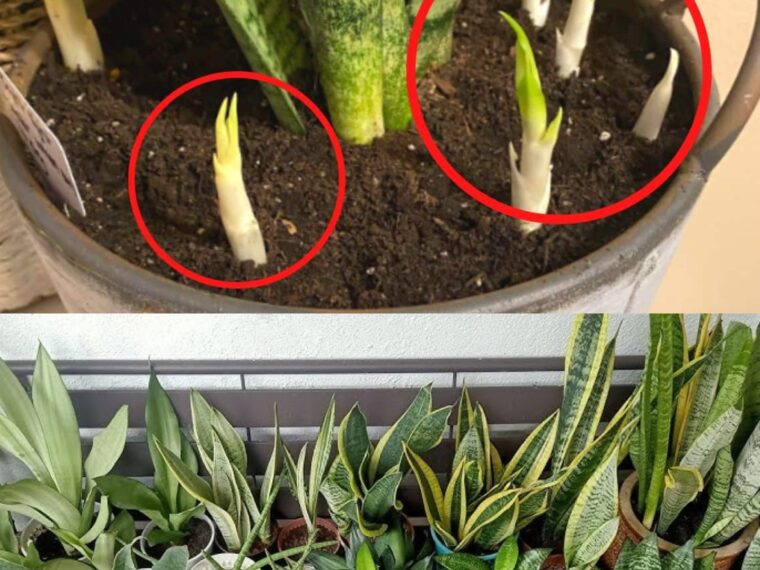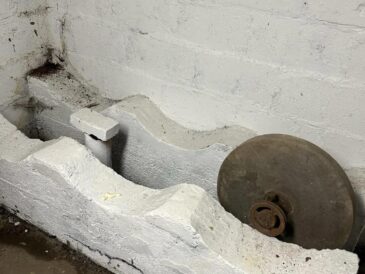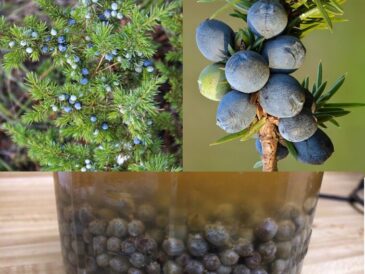If you’ve ever grown a snake plant (Sansevieria), you know the thrill of seeing new pups emerge — those tiny baby offshoots that promise your plant is not just surviving, but thriving and multiplying. There’s something deeply satisfying about watching a single cluster of upright, sword-like leaves expand into a fuller, bushier display through new growth.
But sometimes, despite your care, your snake plant stubbornly remains a single clump, refusing to spread. I’ve been there, staring at my pot day after day, waiting for signs of life beneath the soil.
Good news: You can actually encourage your snake plant to produce pups faster with a few simple, targeted strategies. This guide dives into how you can trigger your snake plant’s natural growth rhythm and multiply your green collection with seemingly unlimited baby plants.
Understanding How Snake Plants Produce Pups
Unlike many plants that propagate through seeds or surface runners, snake plants spread via rhizomes — thick underground stems that store energy and push out new shoots.
Rhizomes are the powerhouse behind pup production. When conditions are right, these underground stems send up new growth points that eventually break the soil as baby plants, or pups. Your job as a grower is to create the ideal environment that encourages this natural process.
Pot Size and Root Stress: Finding the Sweet Spot
One of the most common misconceptions is that bigger pots mean better growth. While it might seem logical to give your snake plant a large container, these plants actually thrive when their roots feel slightly confined.
Why does pot size matter?
Snake plants often respond to a bit of root crowding by pushing out rhizomes looking for more space. This search leads to more pups sprouting.
How to choose the right pot:
- Pick a container just slightly larger than the current root ball.
- Avoid massive pots where the roots have too much room to spread lazily.
- Consider terra cotta pots, which breathe well, helping roots stay healthy by preventing waterlogging and root rot — a common issue that slows down pup production.
If your plant has been sitting in an oversized pot for months without new pups, try repotting it into a smaller one and see the difference.
The Power of Light: Brightness Is Key
Snake plants are famously tolerant of low light, but if you want pups, they need bright, indirect light. In their native African habitats, Sansevieria species often grow in sunny, open spaces where they receive plenty of filtered sunlight.
How to optimize light:
- Place your snake plant near a bright window where it can soak up 6–8 hours of indirect sunlight.
- Avoid harsh, direct midday sun that might scorch the leaves.
- If natural light is limited, invest in a grow light — it’s a game-changer for pup production.
I once moved a slow-growing snake plant from a dark hallway to a bright south-facing window, and within weeks, new pups started popping up.
Watering Strategy: Dry Out Between Waterings
Snake plants are succulents at heart, adapted to survive dry spells. Overwatering is a common mistake that encourages the plant to focus on survival rather than growth.
How to water for pups:
- Let the soil dry out completely before watering again.
- A good indicator is when leaves start to feel just slightly soft but not shriveled.
- Depending on your environment, this often means watering every 2–3 weeks.
- When you do water, soak the soil thoroughly and let excess drain away—never leave roots sitting in water.
This drying and wetting cycle mimics the plant’s natural rhythm and encourages rhizome growth underground.
Temperature and Seasonal Growth Spurts
Snake plants grow fastest in warm conditions. Cooler temperatures slow their metabolism, including pup production.
Ideal temperature range:
- Aim for 70–85°F (21–29°C) during active growth.
- They tolerate cooler temps down to 50°F (10°C), but don’t expect much pup growth below 60°F.
Seasonal tips:
- In early spring, gradually increase watering and move the plant closer to a bright window.
- This gentle change in conditions simulates natural seasonal cues and triggers growth bursts.
Feeding for Pups: The Fertilizer Approach
While snake plants don’t require heavy feeding, a mild nutrient boost during the growing season can speed up pup development.
Fertilizer tips:
- Use a balanced, water-soluble fertilizer diluted to half strength.
- Feed every six weeks in spring and summer.
- Avoid over-fertilizing — too much nitrogen encourages leaf growth at the expense of rhizomes and pups.
I learned this the hard way after overfeeding; my plant shot up tall leaves but didn’t produce a single pup.
Dividing Existing Pups to Encourage More Growth
If your snake plant is already producing pups, dividing them can encourage the mother plant to make even more.
How to divide:
- Wait until pups have 3–4 leaves and strong roots.
- Carefully remove the whole plant from its pot.
- Locate the rhizome connecting the pup to the mother.
- Using a clean, sharp knife or pruning shears, cut the pup free.
- Let the cut end dry for a few hours to prevent rot.
- Pot up the pup in fresh soil and water lightly.
Separating pups not only grows your plant family but encourages the mother plant to keep producing new offshoots.
Common Problems and How to Fix Them
Even with all the right care, sometimes snake plants still refuse to produce pups. Here are some troubleshooting tips:
1. Healthy plant, no pups:
- Your plant may be too comfortable.
- Try repotting into a smaller pot or move it to a brighter location to stress it just enough to trigger pup production.
2. Rhizomes visible but no above-ground pups:
- The plant may need a nutrient boost.
- Give it a mild dose of fertilizer and slightly increase watering to push new shoots above soil.
3. Plant stuck in survival mode:
- Check for root rot — overwatering can kill rhizomes.
- If rot is present, trim affected roots and repot into fresh, well-draining soil.
- Reduce watering frequency going forward.
Bonus Tips for Encouraging Pups
- Avoid moving the plant too frequently. Snake plants like stable conditions but respond well to small environmental nudges.
- Use sharp, clean tools when dividing pups to prevent infection.
- Maintain good airflow around the plant to reduce fungal risks.
- Consider bottom watering occasionally to encourage deeper root growth.
- Keep an eye out for pests like mealybugs and spider mites that can stress the plant and inhibit growth.
Final Thoughts
Forcing your snake plant to produce pups is a satisfying way to multiply your collection without spending money on new plants. It all comes down to creating the right balance of pot size, light, watering, temperature, and feeding.
With patience and a little know-how, you’ll soon have a thriving snake plant colony spreading pups all over your home.
Happy growing! 🌿





